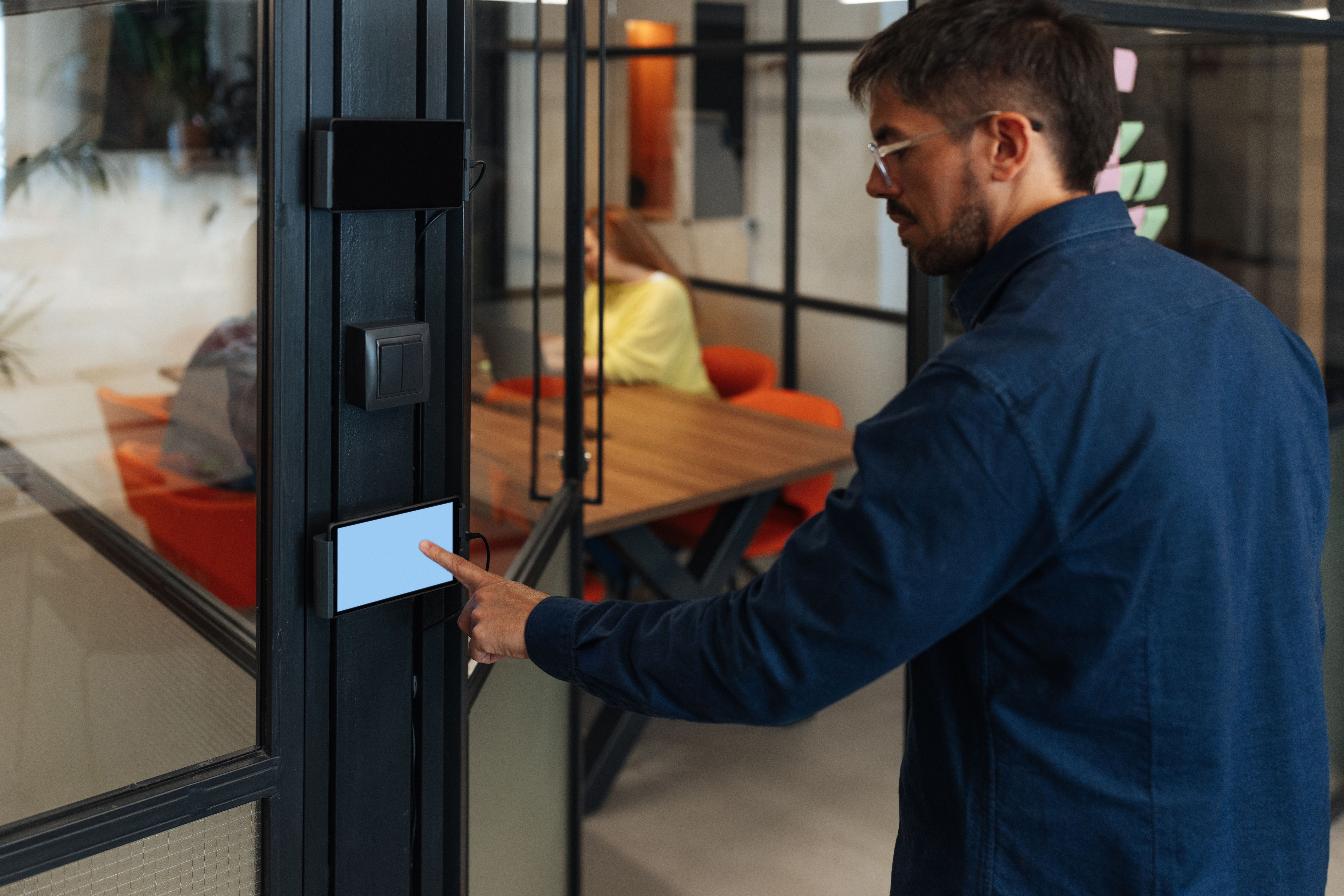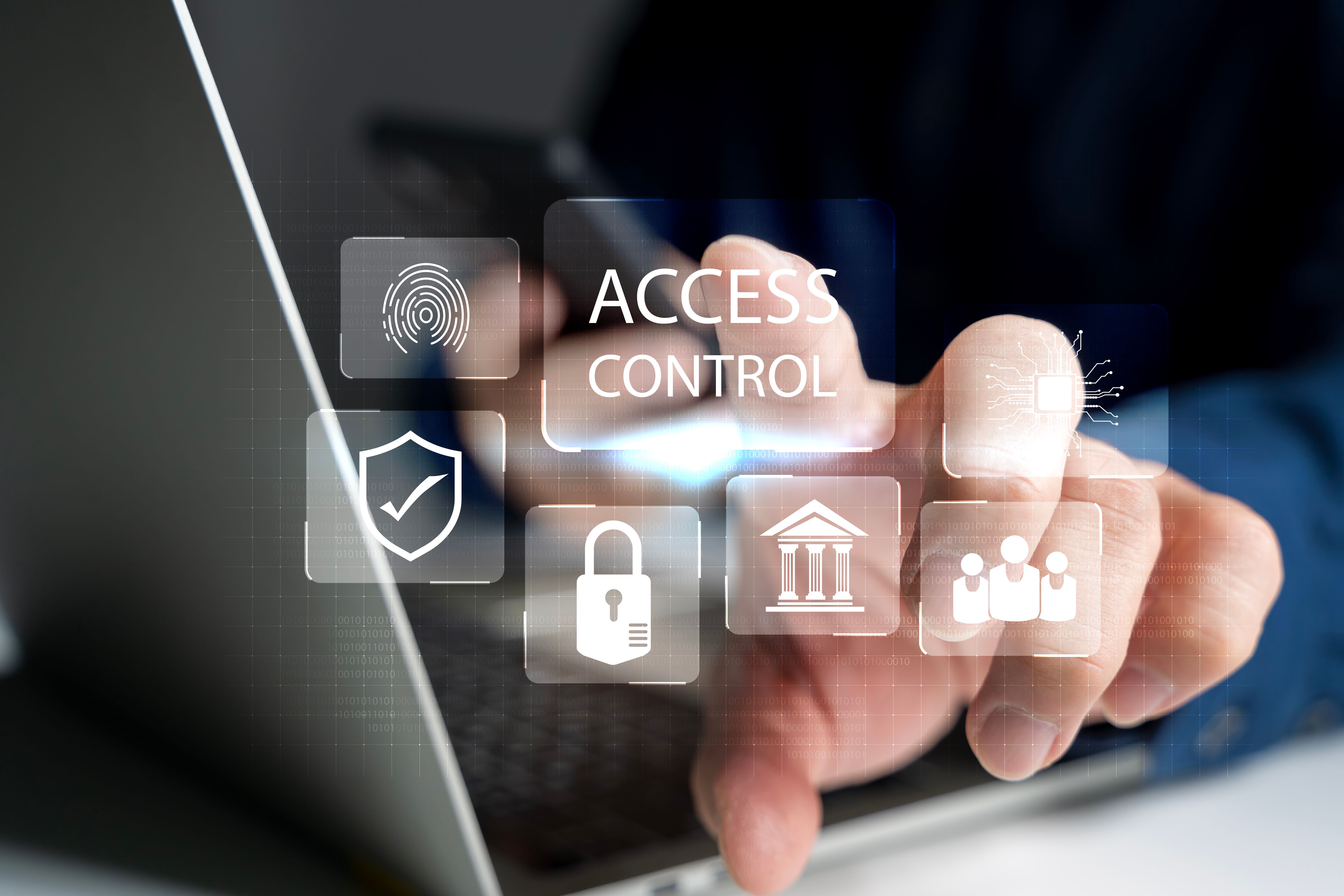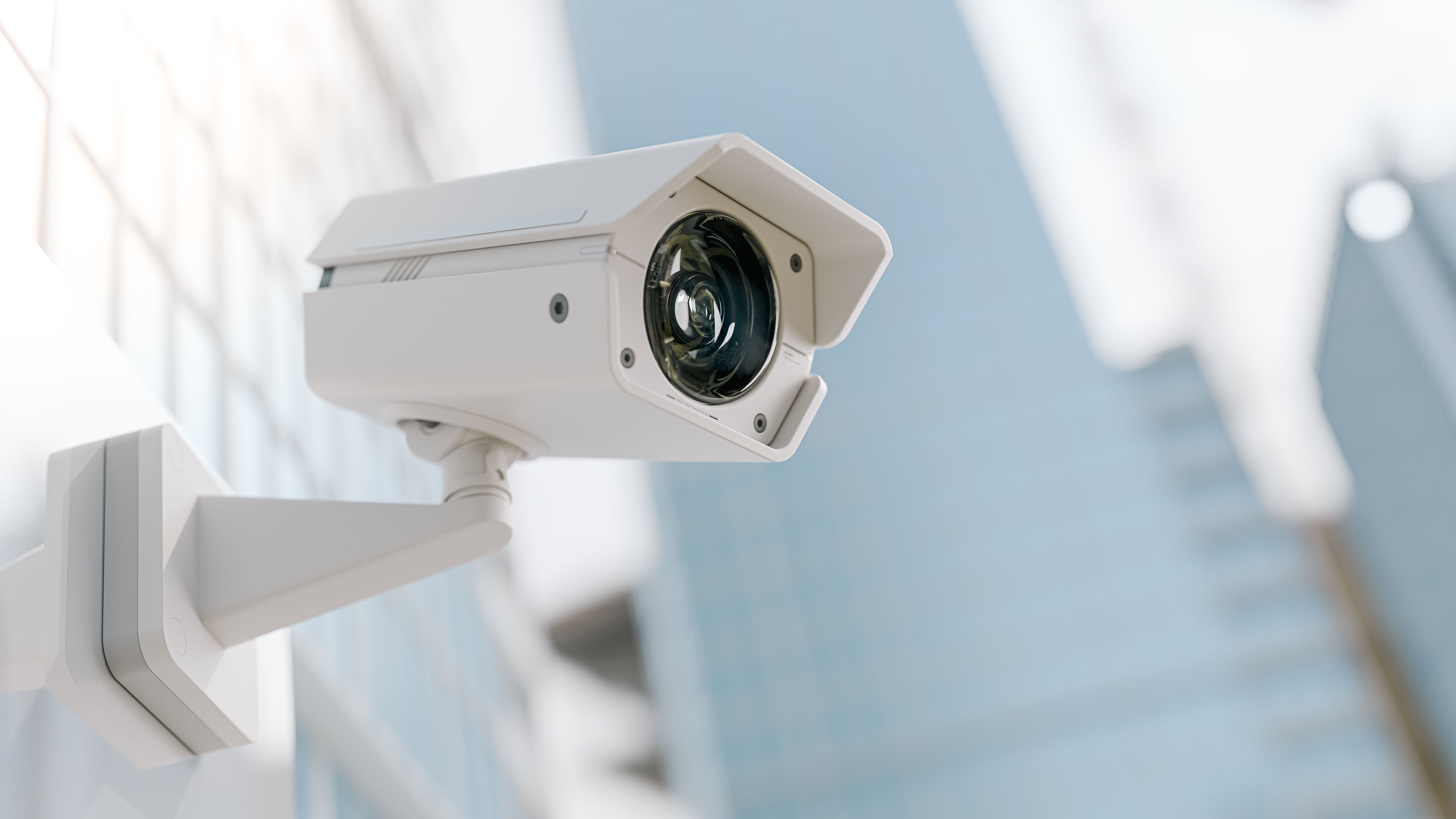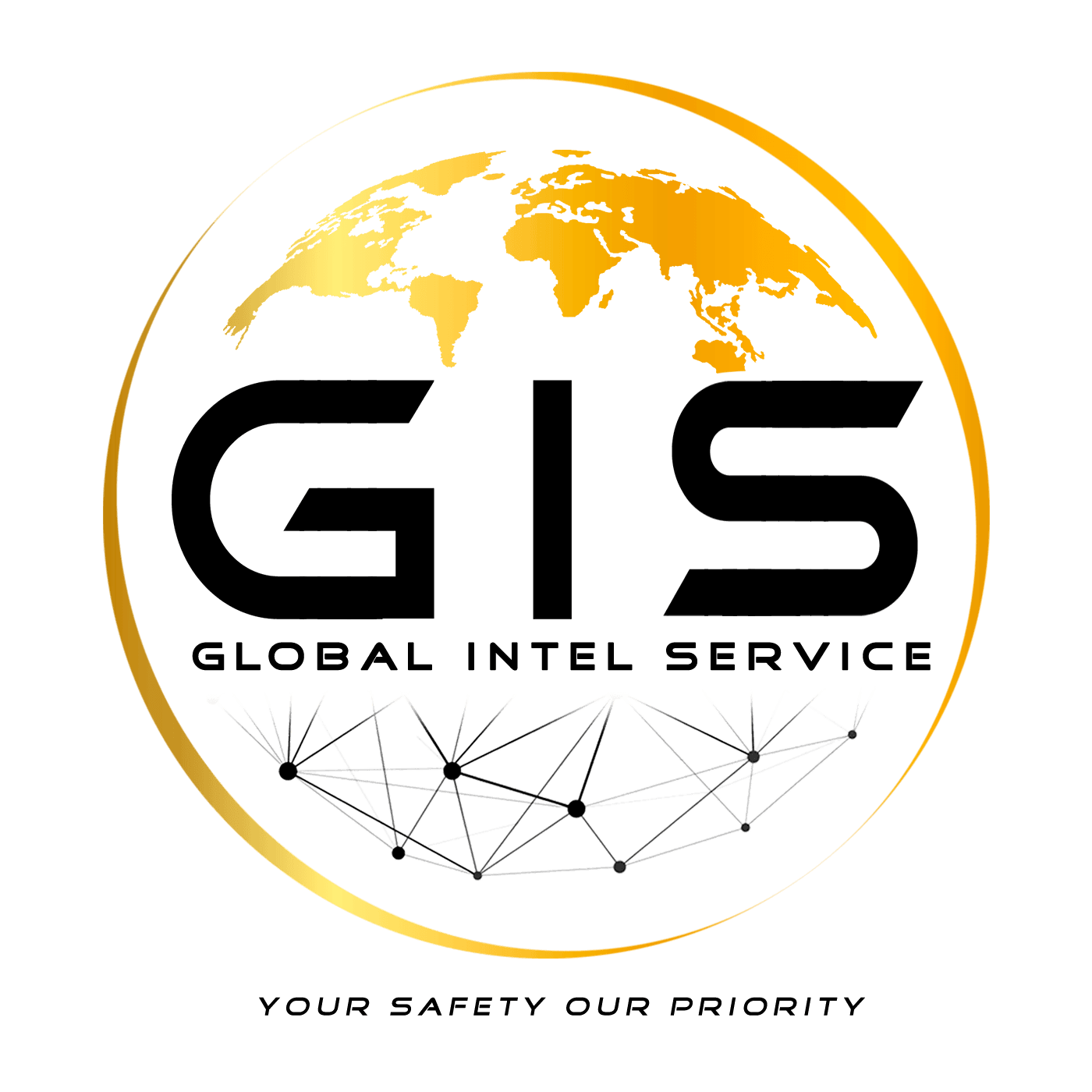Preparing for Attacks: Securing Office Buildings and Facilities
Understanding the Importance of Security
In today's world, securing office buildings and facilities is crucial to protect both people and assets. With the increasing frequency of potential threats, businesses must proactively address security measures to ensure a safe environment. Implementing comprehensive security strategies can significantly reduce the risk of unauthorized access, theft, and other criminal activities.

Assessing Vulnerabilities
Identifying vulnerabilities is the first step in enhancing security. Conducting a thorough risk assessment helps in pinpointing areas that require immediate attention. This assessment should include an evaluation of physical barriers, entry points, surveillance systems, and existing security protocols. By understanding potential weaknesses, businesses can prioritize improvements and allocate resources effectively.
In addition to physical vulnerabilities, it is important to consider cyber threats. Many modern facilities rely on interconnected systems that can be targeted by cybercriminals. Ensuring that digital security measures are in place is just as important as securing physical spaces.
Implementing Access Control Systems
Access control systems are essential for managing who enters and exits a building. These systems can range from simple key card access to more advanced biometric scanners. By restricting entry to authorized personnel only, businesses can significantly enhance security. It's also beneficial to regularly update access permissions and review logs to track any suspicious activity.

Furthermore, integrating access control with other security measures, such as surveillance cameras and alarm systems, provides a more comprehensive approach. This integration allows for real-time monitoring and quick response to any potential threats.
Enhancing Surveillance and Monitoring
Surveillance cameras are a deterrent to criminal activity, as they increase the likelihood of apprehending offenders. Investing in high-quality cameras with night vision and motion detection capabilities ensures continuous monitoring of premises. It's important to place cameras strategically in high-traffic areas, entry points, and vulnerable zones.

Additionally, employing professional monitoring services can provide an extra layer of security. These services often include real-time alerts and rapid response teams that can address incidents as they occur.
Training and Emergency Preparedness
Training staff on security protocols is essential for maintaining a secure environment. Regular drills and workshops help employees understand their roles during emergencies, ensuring a coordinated response. Topics should include evacuation procedures, identifying suspicious behavior, and reporting security breaches.
Moreover, developing an emergency preparedness plan is crucial for minimizing the impact of any incident. This plan should outline procedures for various scenarios, such as natural disasters or active shooter situations, and be reviewed regularly to incorporate new insights or changes in the facility.
Conclusion
Securing office buildings and facilities requires a multi-faceted approach that combines physical security measures with advanced technology and staff preparedness. By continuously assessing vulnerabilities and updating security protocols, businesses can create a safe environment for employees and visitors alike. Prioritizing security not only protects assets but also reinforces trust and confidence among stakeholders.
